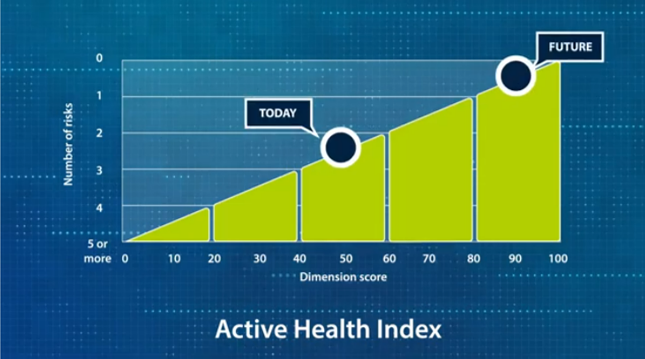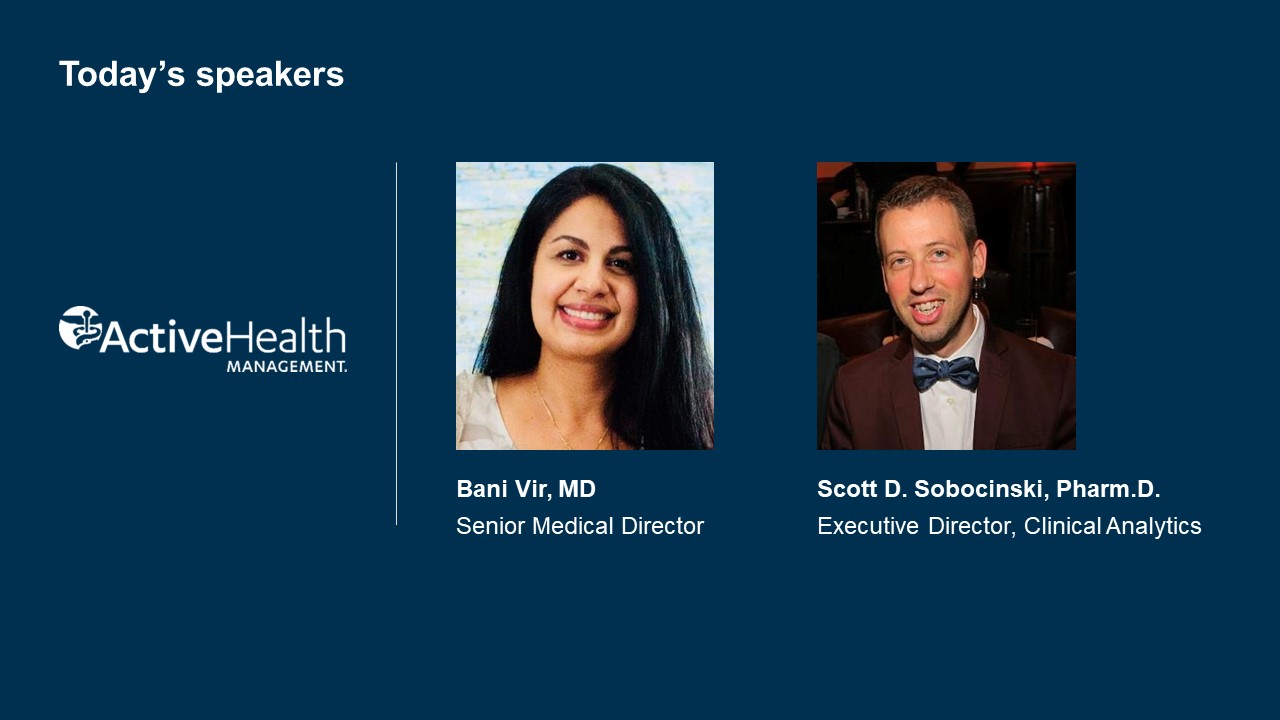Fully digital well-being programs are very popular at the moment. Many of them have attractive user interfaces, gamified experiences, connect to wearables and integrate incentives. These solutions have a natural appeal to people who are already using wearable devices and apps to manage their health.
When employees get emails about digital well-being solutions from their employer and then opt-in digitally, we must ask ourselves if they’re most likely to attract those who are already engaged in a similar way and relatively healthy. There’s room for health improvement among these members to be sure. However, most of the significant opportunity for health improvement spreads across the broader employee population.
A successful well-being program needs to be able to outreach to and engage vulnerable and at-risk members in multiple ways, including digital support, for the member and coach, as engagement progresses. Let’s look at how that might work.
Marie is in her mid-50s. She has type 2 diabetes but she’s not seeing her primary care provider (PCP) regularly. She’s had a series of minor infections and recent labs show her blood sugar is high. We can capture all of this information about Marie with our CareEngine® technology. We compare what we know about her to thousands of evidence-based clinical rules and what emerges is higher personal risk due to unmanaged diabetes. We can help with that, assuming we can get her to engage.
Marie has seen the emails from her benefits team about the workplace wellness program available through ActiveHealth. She knows it includes a rewards program for things like connecting a fitness device – a device she doesn’t have and doesn’t want. She already feels overscheduled between her responsibilities at work and home and doesn’t want to make time in her schedule for one more thing.
Marie also knows that she hasn’t been feeling good lately. She’s tired all the time and she was recently in the emergency department for a urinary tract infection. So, when she gets a call from Jim, a nurse coach at ActiveHealth, she decides to take the call.
Jim has a lot of information about her, but he doesn’t yet know why she isn’t managing her health or why Marie wants to make a change. ActiveHealth analytics give him the information he needs to see what her most important next step would be. However, he knows that the most important accomplishment for their first call is to establish a rapport, a relationship.
Once the personal connection is in place, Jim can, along with Marie, uncover her why – her motivation for engaging with her health. He can then weave in digital health tools to help Marie achieve short and long-term health goals. He can use a shared electronic health record to set up Marie’s appointment with her PCP, and he can see that she doesn’t fill her prescription and help her set up mail order delivery. She can use secure messaging in the mobile app to check in with him when she needs a boost of confidence or has a question. He can send her links to digital coaching content, including videos and recipes, to support what she’s working on at the moment.
Our members come in all shapes and sizes, and their willingness or ability to use digital tools varies widely too. Some members are self-directed and a robust suite of digital tools and resources gives them sufficient support. However, as prevalent as smartphones and computers are, there are still areas of the country that don’t have ready internet and cellular service.
Well-being solutions must have the capability to engage with members in multiple ways using more than just digital tools. At ActiveHealth, we built our well-being solution with that in mind, so our members can reap the benefits that digital health tools can offer while connecting and being supported however they feel most comfortable as they set out on their path to better health.













